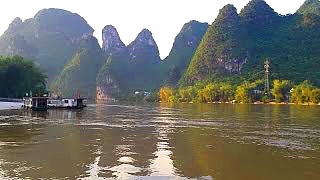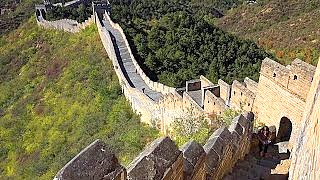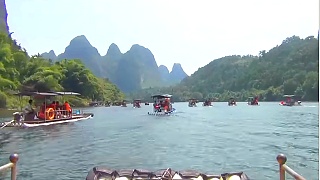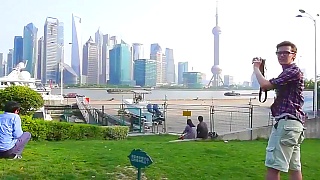With professor Ken Hammond ...
[640],shadow=true,start=,stop=Bonus film ...
Live more ...
 What lies ahead for US – China relations ?
What lies ahead for US – China relations ?With professor Ken Hammond ...
[640],shadow=true,start=,stop=Bonus film ...

|
With Wei's Travel ...
|

|
Best photography, best battery life and super-fast charging ...
Bonus film, with Nathan Rich :
|

|

|
Wonder if you're being lied to ? - go see for yourself.
With Willene Business & Lifestyle ...
|

|
Where the journey began ...
|

|
Perhaps the most beautiful section and a great hike.
About two and a half hours or so north east of BeiJing.
|

|
Join Samuel and Audrey on their backpacking tour of this beautiful part of GuangXi province, south China.
Includes YuLong River rafting and nearby rice terraces ...
|

|
A Flickr meet-up ...
|